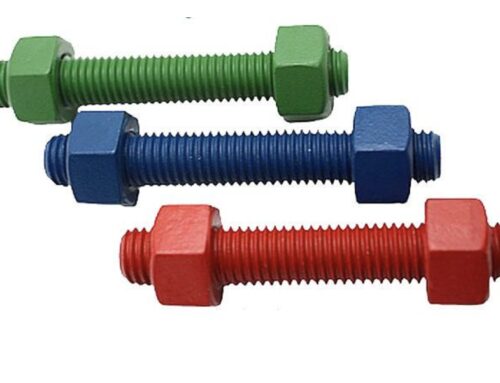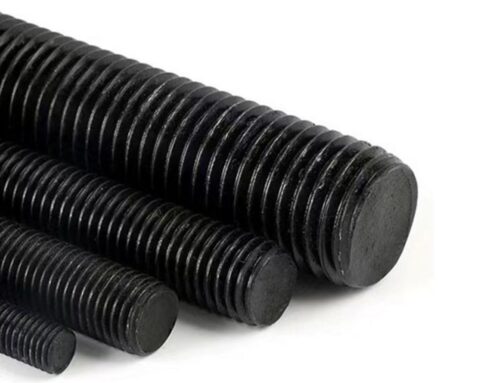What is Zinc-nickel plating?
Zinc-nickel plating ,shorten as ZN-NI Plating ,which is a whitish grey alloy that contains 12 to 18% nickel apart from zinc. This plated alloy offers sacrificial corrosion resistance superior to zinc plating, good alloy distribution and excellent plating thickness distribution. Zinc-nickel plating can also be passivated to a blue or black finish.
A commonly referenced specification for Zinc-Nickel plating is SAE AMS 2417.
Zinc-Nickel coating is an alloy, meaning Zinc and Nickel co-deposit on the surface of a steel substrate to prevent it from rust and corrosion.
The combination of Zinc and Nickel creates a unique composition that will corrode slower than Zinc alone.
The Process for Zinc-Nickel Plating
Zinc- Nickel is applied to metal through an electroplating process like that used for conventional Zinc.
It is a two-part process using an electrical current to apply zinc-nickel onto the parts’ surface, followed by a chromate conversion coating to passivate the zinc-nickel deposit and increase the corrosion protection. This can be done through either rack or barrel plating depending on the characteristics and durability of the part.
The plated Zinc-Nickel finish provides a thin coating to the parts’ surface that is hard, smooth, and consistent which provides key benefits including:
- Superior corrosion protection
- Better wear resistance to moving parts (compared to conventional zinc and other finishes)
- Better performance under thermal stress
Is Zinc-Nickel Expensive?
Zinc-Nickel is typically more expensive than conventional Zinc when comparing upfront costs. However, the increased costs are often nominal in relation to the amount of additional corrosion protection and improved durability the coating provides.
For components that need maximum protection to extend the lifespan of a product, Zinc-Nickel can provide tremendous value.
Why Zinc-Nickel?
The use of Zinc-Nickel has increased across industries, especially among automotive and aerospace applications. With extended product warranties, longer life cycle requirements, more stringent safety standards and reduction of environmental impact companies need higher corrosion resistance.
Zinc-Nickel is also used as a suitable alternative to Cadmium Plating, a common finish utilized in highly-corrosive environments. Cadmium plating has been phased out due to its environmental concerns, and for many companies has been effectively replaced by Zinc-Nickel.
Advantages of Zinc-Nickel Plated Stud Bolts for These Applications
- Superior Corrosion Resistance:
- Exceeds 1000–2000 hours in salt spray tests (ASTM B117).
- Ideal for environments with high humidity, salt spray, and chemicals.
- High-Temperature Tolerance:
- Performs well in temperatures up to 120°C (248°F) without degrading.
- Galvanic Compatibility:
- Protects against galvanic corrosion when paired with aluminum, a common material in aerospace and automotive industries.
- Eco-Friendly:
- Complies with RoHS and ELV standards, reducing environmental impact.
- Wear Resistance:
- Provides additional durability in applications involving frequent assembly and disassembly.
- Improved Aesthetic:
- Offers a clean, uniform appearance with optional passivation layers for added customization.
Zinc-Nickel plating also can be used as a primer coating for xylan coated stud bolt.
We can supply Zinc-Nickel plating xylan 1070 coated stud bolt.
Zinc-Nickel plating is a popular surface treatment for stud bolts due to its excellent corrosion resistance, durability, and environmental compliance.

